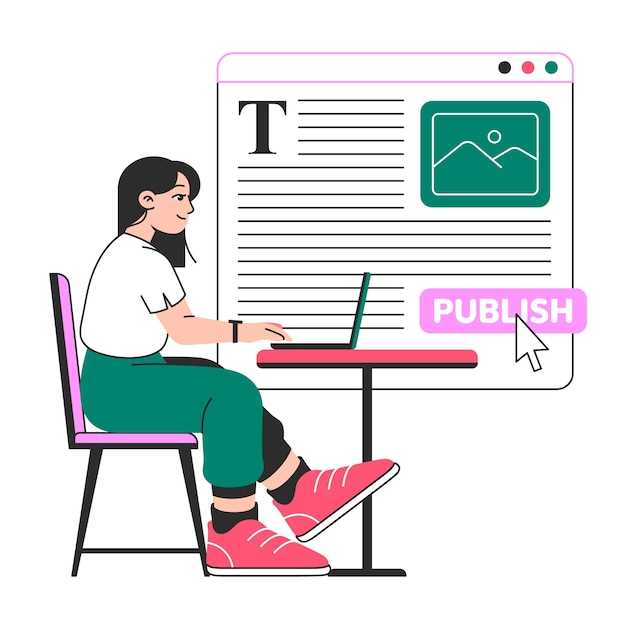
Begin your essay with a clear thesis that states the direct relationship between the cause and effect. Avoid vague language; instead, use precise phrases like “The primary cause of X is Y, which leads to Z.” This keeps your reader focused and engaged from the start.
Organize your ideas logically. Use a structured format, such as the block method or chain method, to present your points. In the block method, discuss all causes first, then all effects. The chain method links each cause to its immediate effect, creating a smooth flow.
Support your arguments with evidence. Include data, examples, or research to strengthen your claims. For instance, if you’re discussing the effects of deforestation, cite statistics on habitat loss or climate change impacts. Reliable sources make your essay credible and persuasive.
Transition smoothly between paragraphs with phrases like “As a result” or “This leads to.” These connectors ensure your ideas flow naturally, making your essay easy to follow.
Proofread your work to eliminate errors. A polished essay reflects your effort and attention to detail. Use tools like Grammarly or ask a peer to review your writing for clarity and coherence.
With these tips, you’ll craft cause and effect essays that are clear, compelling, and well-structured. Practice regularly to refine your skills and achieve better results.
Identify Clear Cause-and-Effect Relationships in Your Topic
Focus on specific events or actions and their direct outcomes. For example, if writing about climate change, link increased carbon emissions to rising global temperatures. Use data or studies to support these connections, such as statistics from the Intergovernmental Panel on Climate Change (IPCC).
Break down complex topics into smaller, manageable parts. If discussing economic inflation, analyze how supply chain disruptions lead to higher prices for goods. This approach makes the relationship easier to understand and explain.
Ask “why” and “what happens next” to uncover deeper layers. For instance, if exploring the effects of social media, consider why users spend more time online and how it impacts mental health. This helps build a logical flow in your essay.
Use visual aids like charts or diagrams to illustrate cause-and-effect chains. A flowchart showing how deforestation leads to habitat loss and species extinction can make your argument more compelling.
Review your topic for multiple causes or effects. A single event often has several contributing factors or consequences. For example, a decline in bee populations can result from pesticide use, habitat destruction, and climate change. Addressing these nuances strengthens your analysis.
Practice identifying relationships in everyday scenarios. Observing how daily habits, like exercise, improve energy levels can sharpen your ability to spot and explain these connections in your writing.
Structure Your Essay for Maximum Clarity and Flow

Begin with a strong introduction that clearly states your thesis. Use one or two sentences to define the cause-and-effect relationship you’ll explore. Keep it concise and engaging to grab the reader’s attention immediately.
Organize your body paragraphs into distinct sections. Each paragraph should focus on one cause or effect, supported by specific examples or evidence. Use topic sentences to guide the reader and ensure a logical progression of ideas.
Maintain a balance between causes and effects. If your essay emphasizes multiple causes, dedicate equal attention to each. Avoid overloading one section while neglecting another, as this disrupts the essay’s flow.
Use transitional phrases like “as a result,” “consequently,” or “due to” to connect ideas smoothly. These help readers follow your reasoning without confusion and create a natural rhythm throughout the essay.
Conclude by summarizing the main points and reinforcing the thesis. Avoid introducing new information here. Instead, highlight the significance of the cause-and-effect relationship you’ve explored, leaving readers with a clear understanding of your argument.
Use Evidence to Strengthen Your Argument
Support your claims with data, statistics, or expert quotes to make your essay more convincing. For example, if you argue that education reduces poverty, cite studies showing a direct correlation between literacy rates and economic growth.
- Choose reliable sources like academic journals, government reports, or recognized experts in the field.
- Integrate evidence smoothly into your writing by explaining its relevance to your argument.
- Use specific examples to illustrate your points, such as case studies or real-world scenarios.
Balance your evidence with analysis. Don’t just present facts; explain how they support your thesis. For instance, if you’re discussing climate change, pair data on rising temperatures with an explanation of their environmental impact.
- Start with a clear claim or statement.
- Provide evidence that directly supports it.
- Analyze the evidence to show its significance.
Finally, address counterarguments by presenting evidence that refutes them. This shows you’ve considered multiple perspectives and strengthens your position.
Avoid Common Logical Fallacies in Cause-and-Effect Writing

Ensure clear connections between causes and effects. Avoid vague statements like “this leads to that” without explaining how. For example, instead of saying “stress causes poor grades,” specify how stress impacts focus or study habits. Direct links strengthen your argument.
Watch for correlation versus causation. Just because two events occur together doesn’t mean one causes the other. For instance, observing that ice cream sales rise with drowning incidents doesn’t mean ice cream causes drownings. Check for external factors like hot weather.
Steer clear of oversimplification. Complex issues often have multiple causes or effects. Saying “technology is the reason for declining reading habits” ignores factors like lifestyle changes or educational systems. Acknowledge nuances for a balanced analysis.
Don’t ignore reverse causality. Sometimes, effects influence causes. For example, poor health may cause inactivity, but inactivity can also worsen health. Examine both directions to avoid one-sided conclusions.
Eliminate hasty generalizations. Drawing broad conclusions from limited evidence weakens your argument. For instance, claiming “all students dislike homework because one student complained” lacks support. Base claims on solid, relevant data.
Be cautious of circular reasoning. Avoid statements where the cause and effect repeat each other, like “pollution is bad because it harms the environment.” Explain the specific harm, such as air quality decline or health risks, to add depth.
Use evidence to back your claims. Support your arguments with facts, statistics, or credible sources. If you argue that lack of sleep affects academic performance, cite studies or data that demonstrate this connection.
Test your reasoning for logical gaps. Ask yourself if your argument holds up under scrutiny. If someone could easily point out missing links or assumptions, revise your analysis for clarity and completeness.
Polish Your Essay with Editing and Proofreading Techniques
Read your essay aloud to catch awkward phrasing or unclear sentences. Hearing the words helps identify areas where the flow feels unnatural or repetitive.
Focus on one aspect at a time. First, check for grammar and punctuation errors. Then, review sentence structure and clarity. Finally, ensure your arguments are logically connected.
Use tools like Grammarly or Hemingway Editor to spot common mistakes. These tools highlight issues but rely on your judgment to make final corrections.
Take breaks between writing and editing. Returning to your essay later lets you view it with fresh eyes and notice mistakes you might have missed.
Ask a peer or mentor to review your work. A second opinion can provide new insights and catch errors you overlooked.
Tighten your sentences by removing unnecessary words. Replace vague phrases with specific terms to make your points stronger and more precise.
Verify your citations and references for accuracy. Ensure each source is properly formatted according to the required style guide.
Print your essay for a final review. Reading a physical copy often reveals errors that are easy to miss on a screen.